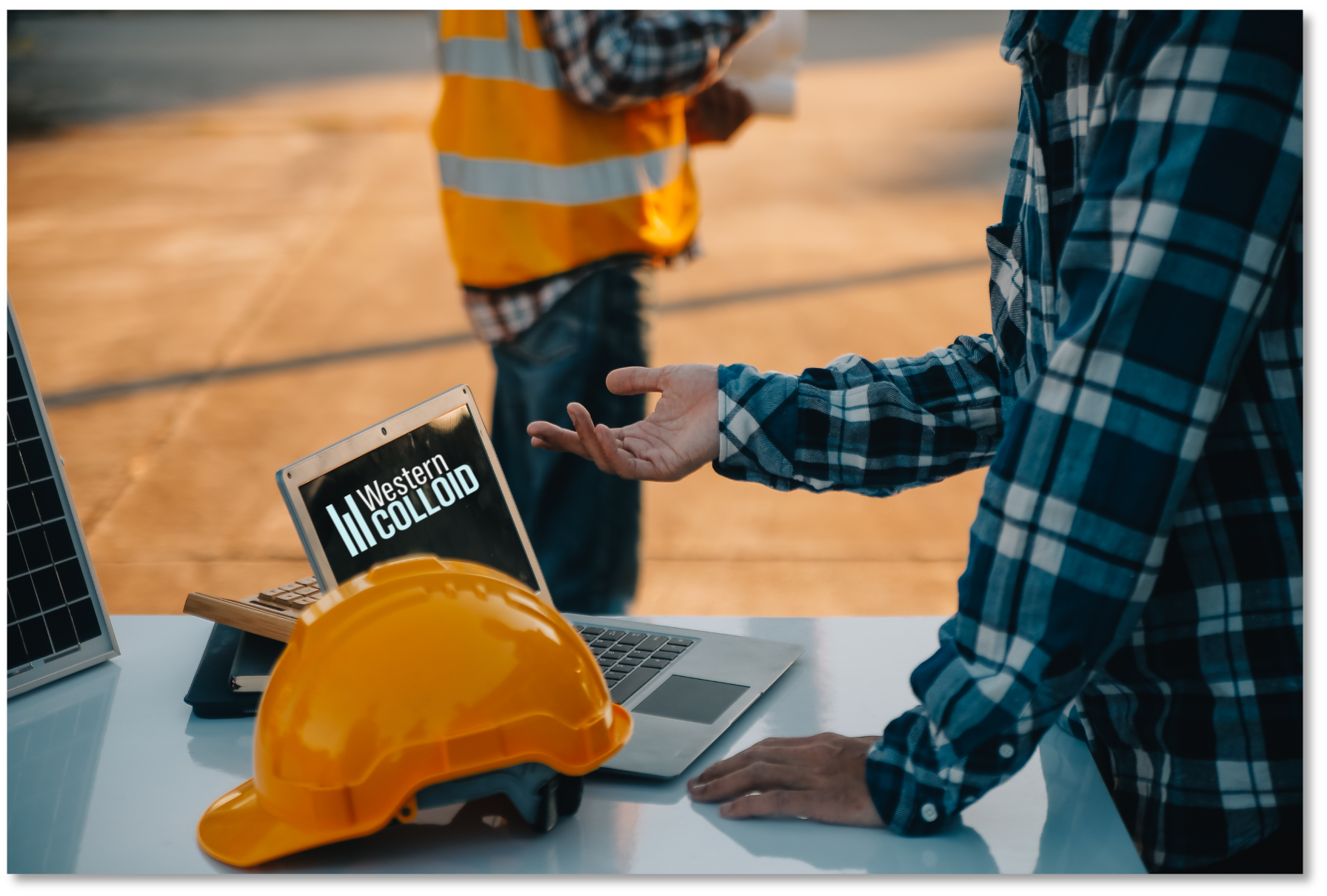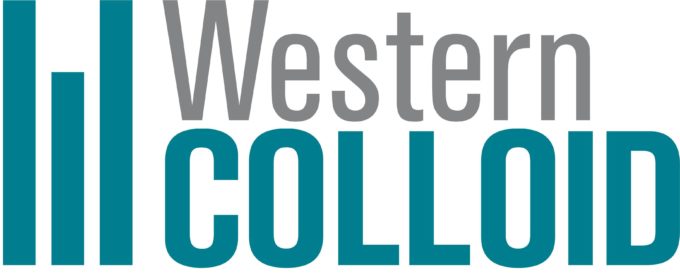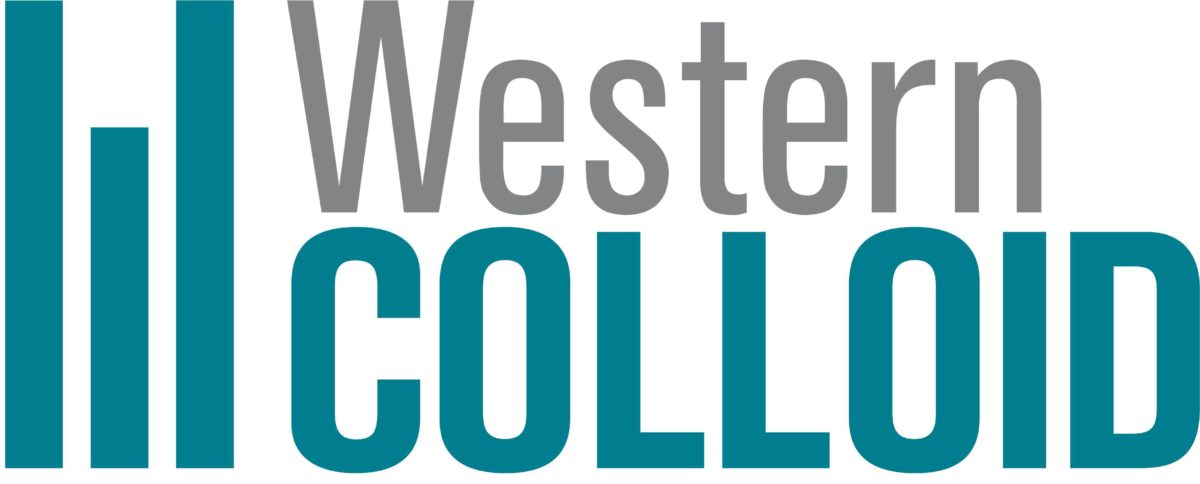
FARR Best Practices – Paperwork & Training
Know Before You Go… to begin the project!
One of the most important best practices habits might not be implemented on the jobsite. Being prepared with documents, specification requirements, and training is so important for the smooth running of your project.
- First thing is to establish which specific liquid system is being used. Then contact the manufacturer of the products being used and ask for all pertinent information that will guide you through proper use and application. Information would include (but not be limited to): Application Specifications, Product Technical Data Sheets, SDSs (Safety Data Sheets), Proper Equipment. Besides providing you with this information you may also need it to submit to owners, contractors, consultants or municipalities.
- Find out if there are any special instructions, paperwork, or inspections needed for warranty qualification.
- Ask for any videos that the manufacturer might have that shows the proper handling and/or application of the products being used.
- Find out if there are any nuances between the product being specified and the substrate it’s being applied to.
- If you are using powered spray equipment, be knowledgeable about its capabilities. Some pumps have high pressure and low volume, others have moderate to low pressure with high volume. All this makes a difference in the application time and efficiency. Some products such as acrylics benefit from being applied at high pressures. High pressure spray application can help water-based acrylics dry and cure 50% faster than roller or low-pressure spray applications. Some products such as urethanes or silicones which are moisture cured do not benefit from spray applications in the same way water-based coatings do. But spray applications can help in the time and efficiency of any coating on larger project.
- With Spray Equipment, once you have the application rate established that you are targeting from the manufacturers recommendations, then use a method to gage your rate to match the requirements. One method is to mark off a known area, one square, ten squares or whatever you think is appropriate. Then establish the quantity of product you need to apply to that known area. Whether you are spraying or rolling, evenly apply the proper amount of coating called for to that area. Once you have done this your applicator will have a good idea on how much product to put down throughout the rest of the job. You should only have to do this once or twice for your applicator get “the feel” for the proper application rate.
- Make sure your crew is familiar with the use of, proper care, and maintenance of all tools and equipment.
- Once the project is ready to begin be sure your crew is familiar with the application of the liquid applied system. At the very least the foreman or team leader should have experience with the application.
- If the company/crew is new to the system, then some companies such as Western Colloid can provide a field tech person to get the crew started and guide them through the proper application methods.
- Take pictures and videos of the project and staging areas before you set up. Don’t forget to photograph the process and final images for the files.
- Other important habits to build are prepping the jobsite for protection against spills, plus proper jobsite safety set-up and delineation, and avoiding common mistakes, for example. We have created podcasts, guides and video all focusing on best practices for an efficient running project available free for your use.
You can gain access by visiting our FARR Best Practices Page at Westerncolloid.com https://westerncolloid.com/farr-best-practices/
There the Western Colloid team educates on how to prepare the jobsite, the equipment, and how to maximize crew efficiency in real-world scenarios. These techniques, tips and training can save thousands of dollars on labor alone.
Don’t show up to a job unprepared. Be ready with all the equipment, clothing, tools and instructions needed to get a quality job done.

